The Harley-Davidson Evolution engine, commonly called the “Evo” motor, signifies an era of significant technological advancement and performance improvement.
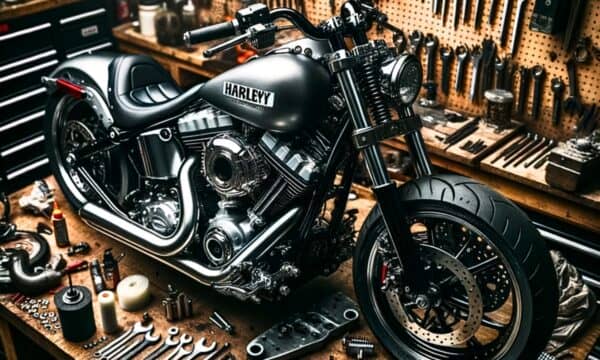
However, many enthusiasts often debate over which year produced the best version of this engine, considering aspects such as reliability, performance, and design.
In this article, we’ll find out which year is the best year for the Harley Evo Motor.
Let’s dive in!
Best Year Harley Evo Motor
The Harley Davidson Evolution engine, commonly known as Evo, is one of the iconic motor designs from this legendary motorcycle manufacturer.
It was introduced in 1984, and many enthusiasts consider the Evo the engine that saved Harley Davidson from bankruptcy.
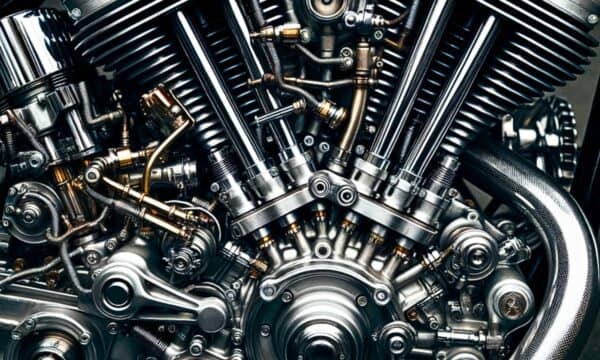
Among the enthusiasts and riders, the models from 1991 to 1999 are generally considered the 9 best.
These engines from the mid to late 90s are praised for their reliability, power, and the maturity of the design.
By this point, Harley Davidson had worked out many of the kinks from the earlier models, resulting in a more refined and reliable engine.
However, each year and model has unique characteristics and charm, so “the best” can be somewhat subjective, depending on personal preferences.
Which Motorcycles Come Equipped With The Evo Motor?
Evo is renowned for its robustness and reliability, and it is found in several Harley-Davidson models, including the Sportster 1200, Softail Custom, and Fat Boy.
1. Sportster 1200
The Sportster 1200 was one of the best motorcycles that came equipped with the EVO motor.
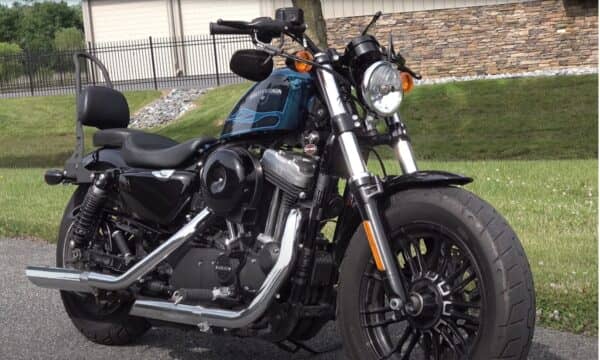
It was launched in 1988, and it was a direct successor to the Sportster 1100.
This model was appreciated for its smooth and powerful performance, attributed largely to the EVO engine.
The Sportster 1200’s smaller frame and the EVO motor’s power made it a popular choice among Harley enthusiasts.
Related: 6 Problems with Harley Sportster 1200
2. Softail Custom
The Softail Custom, another motorcycle model powered by the EVO motor, made its debut in 1986.
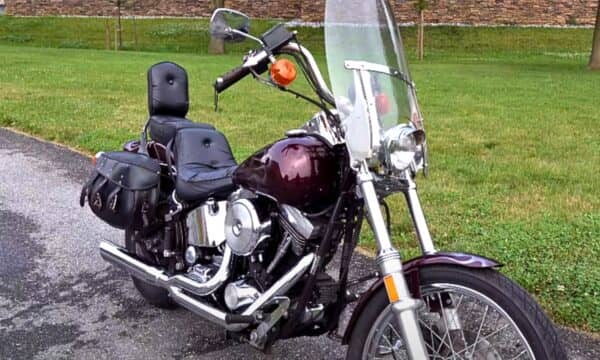
It was lauded for its beautifully streamlined design and its powerful performance.
The EVO engine’s reliability and the Softail’s distinctive design combination make it a coveted model in the Harley-Davidson lineup.
3. Fat Boy
The Fat Boy, one of the most recognized motorcycles, also boasted the EVO motor.

It was rolled out in 1990 and quickly gained fame with its unique design and the reliable performance of its EVO motor.
Its iconic status was further cemented when it was featured in “Terminator 2: Judgment Day.”
Related: Best Years for Harley Fatboy
What Makes These Years Of Evo Motor Best?
The Evolution motor gathered a substantial global fan base in these years, and it has become the most popular due to its power and reliability.
1. Durability & Reliability
The Evo motor is known for its robustness and ability to withstand high-stress conditions without succumbing to wear and tear.
The longevity of an Evo motor is a statement of its reliability, with many units continuing to function flawlessly beyond their expected lifespan.
The low-maintenance nature of the Evo motor endears it to bike enthusiasts who prefer cost-effectiveness and minimal downtime.
2. Power & Performance
The Evo motor offers a notable improvement over previous models; the Evo motor provides superior horsepower and torque.
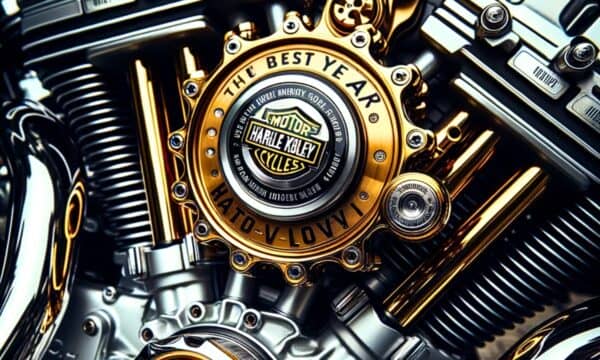
The motor’s output power ensures optimum performance at high speeds, making it an ideal choice for those who crave high-performance motorbiking.
It responds smoothly to throttle adjustments, allowing precision control and a more enjoyable ride.
3. Customization & Upgrades
Enthusiasts and bike builders love the Evo motor for its versatility. The engine can be finely tuned or rebuilt to fit a wide range of performance criteria, enabling riders to achieve the specific power and torque characteristics they desire for their riding style.
Whether you’re seeking aggressive throttle response for racing, improved fuel economy for long-distance touring, or balanced performance for everyday riding, the Evo motor can be configured to deliver.
The Evo motor also supports wide-ranging aftermarket parts, so the riders can choose from an extensive selection of aftermarket parts and upgrade the motor.
Conclusion
The Evolution engine, known as the Evo motor, marked a significant step forward in Harley-Davidson’s history.
The years 1991 – 1999 were an era of remarkable improvement and refinement for Harley; in this era, the Evo motor truly shined.
However, many enthusiasts often consider the 1992 as the pinnacle of the Evolution engine’s performance and reliability.
This year stands out for its balance of matured design, refined manufacturing processes, and developed aftermarket support.
FAQ
What year Harleys have the Evo engine?
The Evolution engine was introduced by Harley-Davidson in 1984. This engine revolutionized the Harley-Davidson lineup.
It was delivering increased performance and reliability compared to previous models.
The Evo became the heart of many Harley-Davidson models during its production run, from the Sportster series to the Softail and Dyna models.
What year did Harley stop using the Evo motor?
Harley-Davidson stopped using the Evolution engine in 1999. It was the main type of engine used in Harley-Davidson motorcycles from 1984 until its discontinuation, marking the end of an era for the iconic motorcycle company.
How much horsepower does a Harley Evo have?
The Harley Evo engine can produce around 70 to 75 horsepower when tuned and maintained properly.
However, it’s essential to note that the exact horsepower can vary based on the specific model, modifications, and the engine’s overall condition.
Is the 883 an Evo engine?
Yes, the 883 is indeed an Evo engine. Harley-Davidson introduced the Evolution engine in 1984.
The 883cc displacement version of this engine is most commonly found in the Harley-Davidson Sportster range.

Ahtsham Younas is a passionate blogger and content writer. He loves to ride motorcycles and learn the mechanical process behind the motorcycles.
He has been writing articles in the motorcycle industry since 2019 and has learned many things about motorbike niches.


